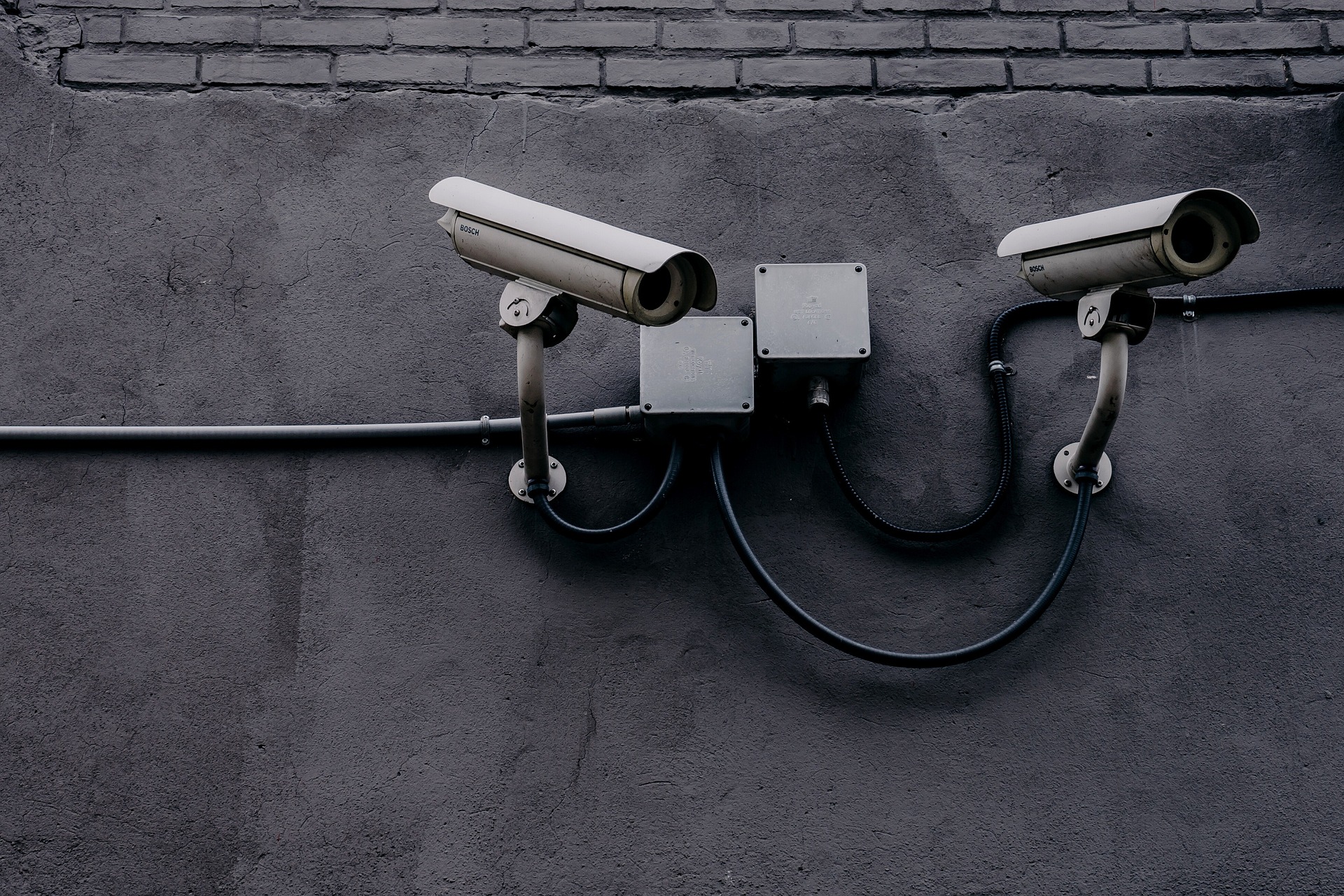Protecting Your Home: The Ultimate Guide to Modern Home Security Systems
In today's world, ensuring the safety of your home and loved ones is more important than ever. With advancements in technology, home security systems have evolved to offer comprehensive protection against a wide range of threats. This guide will explore the essential components of modern home security systems and how they work together to keep your property secure.

-
Door and Window Sensors: These detect unauthorized entry attempts through doors and windows.
-
Motion Sensors: Designed to detect movement within specific areas of your home.
-
Security Cameras: Provide visual surveillance of your property, both indoors and outdoors.
-
Smart Locks: Allow you to remotely control and monitor access to your home.
-
Environmental Sensors: Detect potential hazards like smoke, carbon monoxide, or water leaks.
By integrating these components, a home security system creates a robust network of protection for your property.
How do smart home features enhance security?
Smart home technology has revolutionized the way we approach home security. By incorporating smart features into your security system, you can:
-
Control your system remotely via smartphone apps.
-
Receive real-time alerts and notifications.
-
Integrate security with other smart home devices like thermostats and lights.
-
Use voice commands to arm or disarm your system.
-
Access live video feeds from anywhere in the world.
These smart features not only enhance security but also provide convenience and peace of mind for homeowners.
What role do surveillance cameras play in home security?
Surveillance cameras are a crucial component of modern home security systems. They serve multiple purposes:
-
Deterrence: Visible cameras can discourage potential intruders.
-
Evidence Collection: In case of a break-in, cameras provide valuable footage for law enforcement.
-
Remote Monitoring: Allow homeowners to check on their property from anywhere.
-
Package Theft Prevention: Doorbell cameras can help protect deliveries left at your doorstep.
When selecting cameras, consider factors such as resolution, night vision capabilities, and weather resistance for outdoor models.
How do sensors contribute to a comprehensive security system?
Sensors are the silent guardians of your home, constantly monitoring for potential threats. Different types of sensors work together to create a layered security approach:
-
Door and Window Sensors: Alert you when entry points are breached.
-
Motion Sensors: Detect movement in specific areas, triggering alarms or notifications.
-
Glass Break Sensors: Respond to the sound frequency of breaking glass.
-
Environmental Sensors: Warn of potential dangers like fire, carbon monoxide, or flooding.
By strategically placing these sensors throughout your home, you can create a comprehensive security net that leaves no vulnerabilities unexploited.
What are the latest trends in home security technology?
The home security industry is constantly evolving, with new technologies emerging to enhance protection and user experience. Some of the latest trends include:
-
Artificial Intelligence: AI-powered cameras can distinguish between humans, animals, and vehicles, reducing false alarms.
-
Facial Recognition: Advanced systems can identify familiar faces and alert you to unknown individuals.
-
Drone Surveillance: Some companies are exploring the use of drones for aerial property monitoring.
-
Geofencing: Automatically arm or disarm your system based on your smartphone’s location.
-
Biometric Access Control: Use fingerprints or retinal scans for enhanced access security.
As these technologies continue to develop, home security systems will become even more sophisticated and effective in protecting properties.
How do professional monitoring services compare to DIY options?
When it comes to home security, homeowners have the choice between professionally monitored systems and do-it-yourself (DIY) options. Here’s a comparison of some popular providers and their offerings:
| Provider | Type | Key Features | Monthly Cost |
|---|---|---|---|
| ADT | Professional | 24/7 monitoring, professional installation, smart home integration | $30 - $60 |
| SimpliSafe | DIY/Professional | Easy self-installation, optional professional monitoring, no long-term contracts | $15 - $25 |
| Vivint | Professional | Advanced smart home features, professional installation, high-quality equipment | $30 - $50 |
| Ring Alarm | DIY | Affordable, easy to install, integrates with Ring cameras | $10 (optional monitoring) |
| Abode | DIY/Professional | Flexible monitoring options, smart home integration, no long-term contracts | $0 - $20 |
Prices, rates, or cost estimates mentioned in this article are based on the latest available information but may change over time. Independent research is advised before making financial decisions.
Professional monitoring services offer round-the-clock surveillance by trained professionals who can dispatch emergency services if needed. DIY systems, on the other hand, often provide more flexibility and lower costs but may require more involvement from the homeowner in terms of installation and monitoring.
In conclusion, modern home security systems offer a wide range of features and technologies to protect your property and loved ones. By understanding the various components, latest trends, and available options, you can make an informed decision about the best security solution for your home. Whether you choose a professionally monitored system or a DIY approach, investing in home security provides invaluable peace of mind in today’s world.






